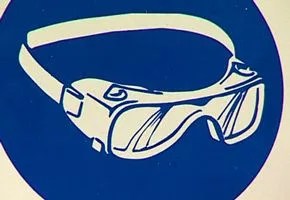Winter is prime dead battery territory, and jump-starting during cold weather requires nearly twice as many cranking amps as its t-shirts-and-shorts counterpart. There’s also another, more worrisome issue to deal with: regardless of weather, most people go about their jump-starts incorrectly. Not on the edge of your seat? You should be. Being stranded is no joke, and neither is frying yourself to a crisp. We’ll assume you’ve been smart enough to keep functioning jumper cables in your trunk and someone has been kind enough to offer their car as a source of juice. With those in place, follow these simple steps to jump start your car correctly.

1 Locate the battery in the dead car. Don’t assume it’s under the hood. Some manufacturers place them in the trunk of the car. When in doubt, check the owner’s manual. Locate the battery in the car that will give the jump start.
2 Park the cars fairly close together so you’re not stressing the jumper cables. Under no circumstances should the cars touch, and never connect cables to a car that’s on. Make sure everything is shut off in both cars, including headlights, radio, A/C, etc. Nothing should be turned on in either vehicle.
OTHER THINGS TO DO WHILE WEARING GLOVES AND GOGGLES

- Chase pow in the backcountry.
- Perform dental surgery.
- Arc weld a roll cage.
- Teach high school chemistry.
- Have a snowball fight in virtual reality.
